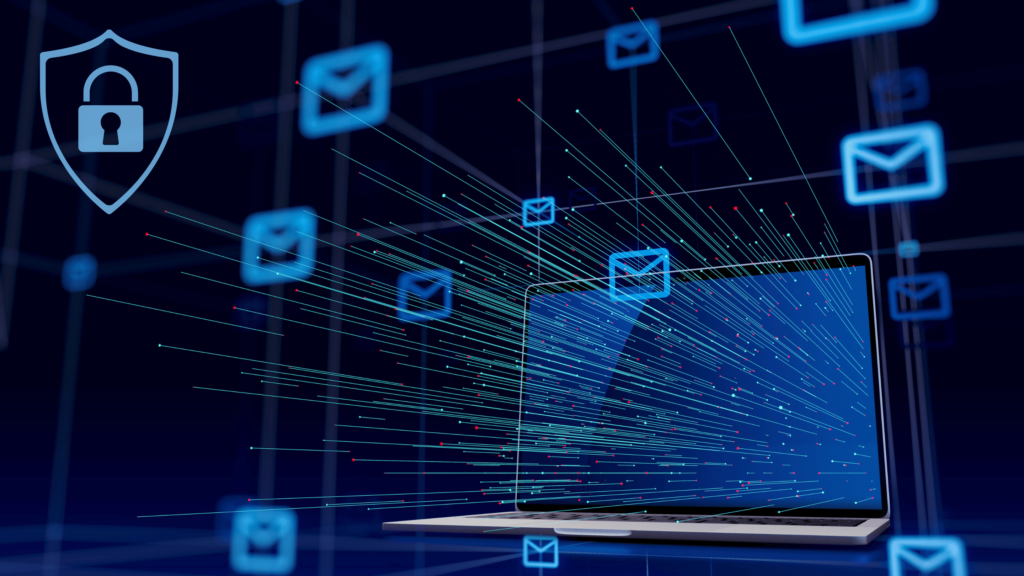Today, resilience measures business continuity. The success of an organization depends on continuous uptime. But every organization faces disruptions that threaten its uptime and availability. Downtime is one such risk that can halt your operations, damage trust, and impact revenue.
Recent research suggests that high-impact IT outages can cost businesses as much as US$1.9 million per hour. These numbers represent significant losses, especially if the downtime stretches on or repeats.
But with thoughtful preparation, you can reduce that risk. It is possible to turn unpredictable outages into manageable events. In this blog, let us explore why downtime happens, its effects, and measures you can take to build resilience against downtime.
What is downtime?
Downtime is the period when your IT systems, applications, or services are not available. It can be planned, like during scheduled maintenance, or unplanned, caused by failures or unexpected events. Even a short outage can stop employees from working, prevent customers from accessing services, and disrupt critical business processes.
What are the risks of downtime?
Downtime doesn’t just affect your systems, but it also affects the entire business. Some of the main risks include:
Financial loss: Every minute of outage can cost revenue, especially for businesses that rely on online transactions.
Reputational damage: Customers quickly lose trust if services are unreliable.
Productivity drop: Employees cannot perform their work efficiently when systems are unavailable.
Compliance issues: Extended downtime can lead to violations of industry regulations and penalties.
Customer churn: Poor reliability pushes customers toward competitors who can offer uninterrupted services.
Why does downtime happen?
Downtime can happen for various reasons that affect both your clients and customers. Understanding why downtime occurs can help you to be proactive and mitigate the damage that it can cause.
Here are some of the most common reasons for downtime:
1. Power failures
Power is the backbone of any business operation. When the supply is cut or disrupted, critical systems can shut down instantly. Backup systems like generators or UPS help, but large-scale failures can still cause downtime.
Example: In 2025, Chile experienced a nationwide blackout when a malfunction in its grid software forced a high-voltage transmission line offline, leading to hours of disruption.
2. Network outages
Every modern business depends on constant connectivity. When the internet or internal networks fail, employees cannot access applications, and customers cannot use services. Even short outages can cause frustration and losses.
Example: In 2025, Bengaluru saw a major Airtel outage that left users without mobile and Wi-Fi services for several hours, disrupting online payments, bookings, and remote work.
3. Software bugs
Software is at the heart of operations, but it is never perfect. A bug in an application or system can bring entire services down. Even a small flaw can escalate when it affects widely used platforms.
Example: In 2025, Microsoft Outlook suffered a large outage in North America due to unusually high CPU usage caused by a software issue, preventing many users from accessing email.
4. Failed system updates
Updates are meant to improve performance and security. However, if not tested properly, they can backfire and bring services down. This makes update management a critical part of IT operations.
Example: In July 2025, Starlink internet services were disrupted worldwide for nearly two hours after a failed software update on its ground station systems.
5. Human error
Not all downtime comes from technology. Mistakes during maintenance, misconfiguration, or improper deployments can shut down systems in seconds. Human error remains one of the leading causes of outages.
Example: Uptime Institute’s 2025 outage analysis highlighted that numerous incidents were traced back to human mistakes during routine operations.
6. Third-party failures
Businesses often rely on external providers for APIs, cloud services, and software. If these providers go down, the impact cascades to all the companies that depend on them.
Example: In early 2025, widespread API outages disrupted both customer-facing services and internal business workflows across industries worldwide.
7. Unexpected events
Sometimes downtime comes from events nobody can predict. Natural disasters, accidents, or environmental issues can interrupt systems, no matter how strong the infrastructure is.
Example: In February 2025, Sri Lanka faced a nationwide blackout after a monkey interfered with a transformer, proving that even unlikely events can cause massive disruptions.
How to Build Resilience Against Downtime
Don’t react when things go wrong. Instead, make sure that things go better when they don’t go as per your plan. Here are the areas where thoughtful investment tends to pay off the most:
a) Monitoring and early warning
We can assist you in implementing systems that identify potential issues before they cause a full outage, like:
- Slow database responses
- Rising error rates
- Unusual login activity
- Network latency spikes
Early detection gives you a head start on response, rather than waiting for customers to complain.
b) Regular backups and testing
- Backups are essential but verifying that backups are working and testing restores periodically are far more important.
- Design a backup strategy that includes offsite storage, versioning, and regular restore drills.
c) Infrastructure redundancy
If one system fails, another should step in to reduce the chances of full shutdown and for faster recovery. This can be achieved through:
- Failover servers
- Mirrored databases
- Cloud-based fallback options.
Redundancy doesn’t guarantee zero downtime, but it can reduce it significantly and increase confidence in recovery.
d) Cybersecurity and access controls
Protecting your systems isn’t just about having strong passwords or firewalls. It’s also about limiting “blast radius” when something goes wrong.
The following practices can ensure that a single incident doesn’t take everything down:
- Role-based access
- Regular patching
- Phishing awareness training
- Layered defense
e) Shared responsibility and role clarity
The difference between a rapid response and a slow recovery often comes down to who knows what to do and when.
Develop a simple and clear incident-response plan that includes:
- Who calls whom
- What steps to take
- How to escalate
- How to communicate internally and externally and
- Who owns which recovery tasks
And ensure that you test this plan, refine it, and keep it updated.
Bringing It All Together with BCDR
These practices such as redundancy, monitoring, backups, and clear response steps do not stand alone. All of them combine to form Business Continuity and Disaster Recovery (BCDR). Business continuity ensures your operations keep running during a disruption, while disaster recovery focuses on getting your systems back online.
A well-structured BCDR plan reduces downtime, protects customer trust, and gives your team confidence that they can respond effectively when something goes wrong.
Final Thoughts
Downtime will never be zero. Systems tend to go down; networks are prone to failure and cyberattacks continue to evolve. But that doesn’t mean you have to accept disruption as “normal.”
With the right planning, monitoring, and shared responsibility, FourD CEI can shift the balance. As your partner, we’re ready to help you assess where your organization stands today.
Connect with us to review your current disaster recovery and business continuity plan.



